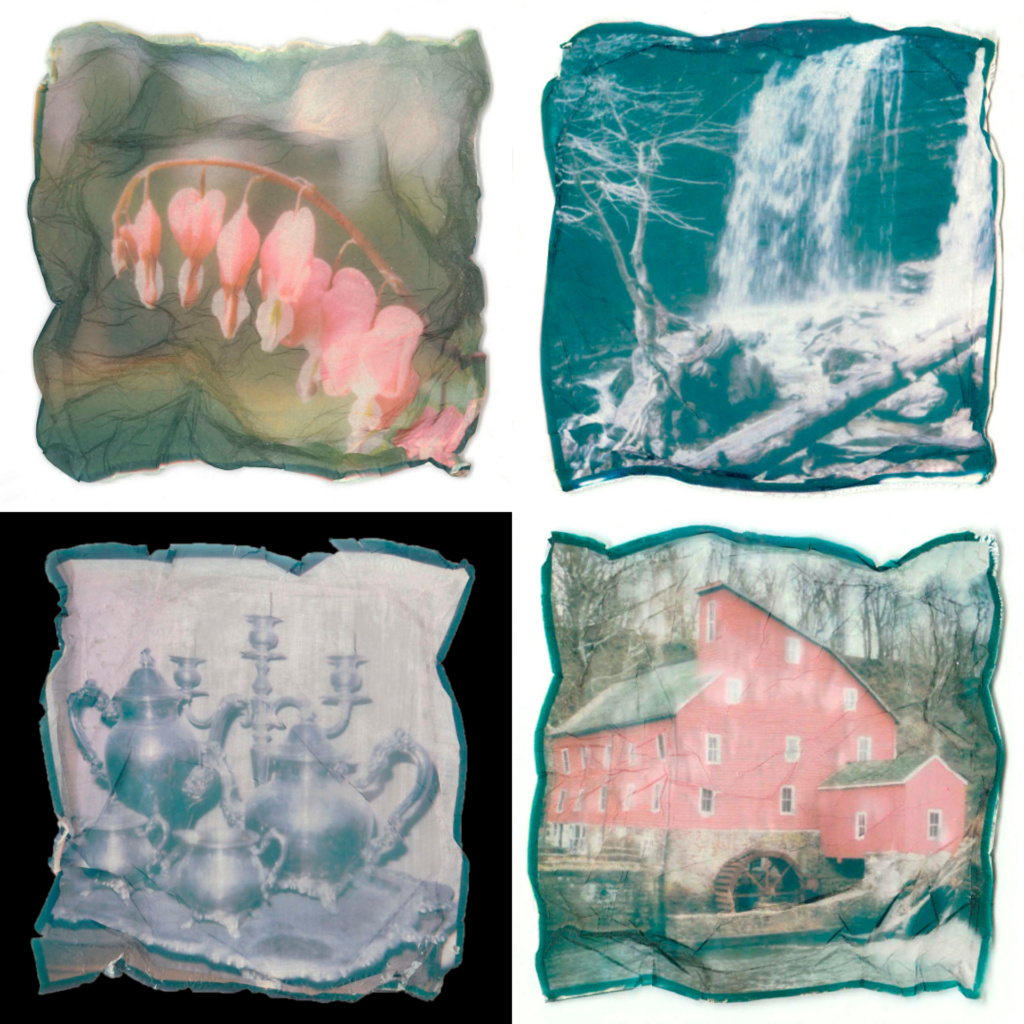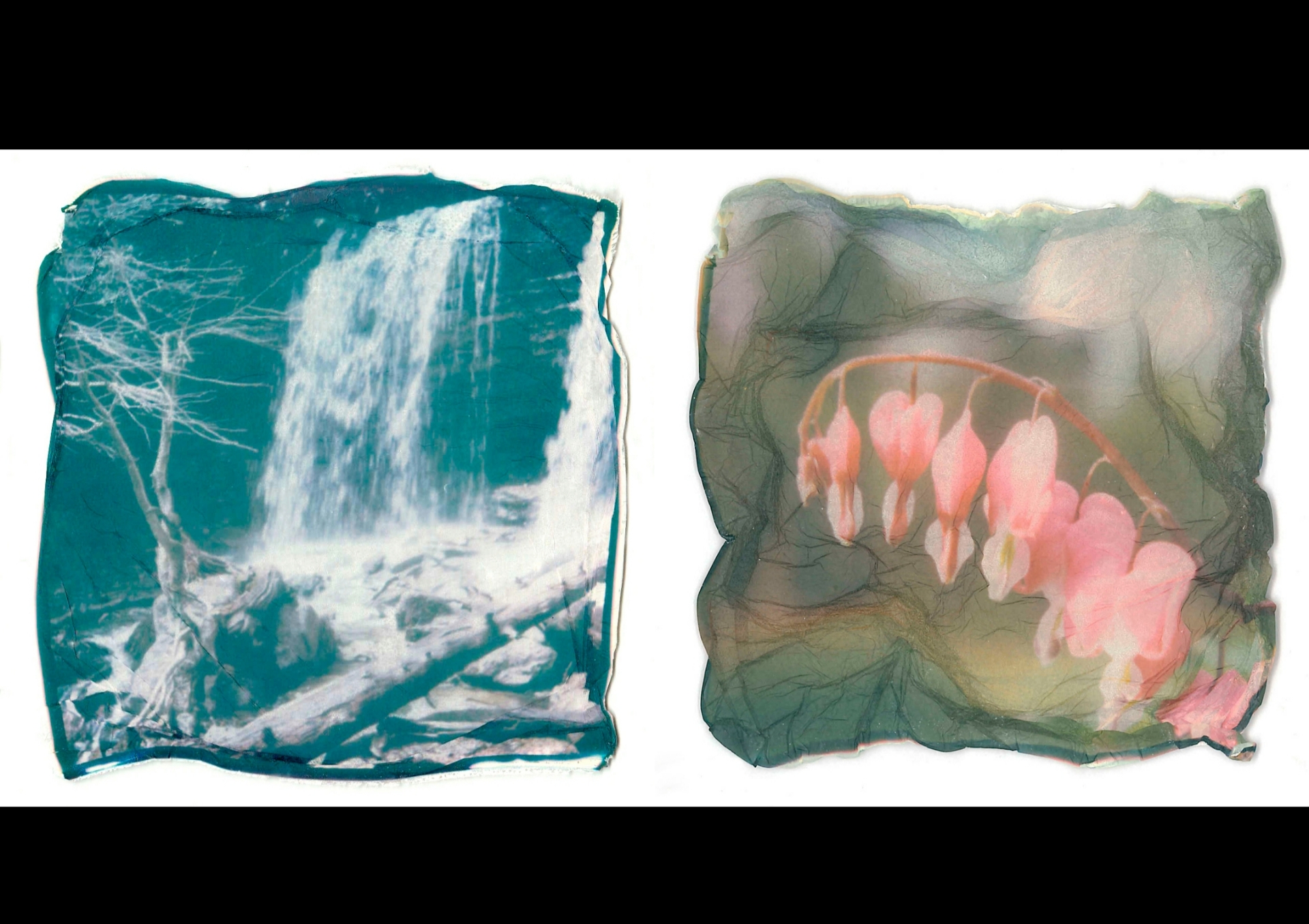
Elizabeth Deczynski
Staff Writer
COVID-19 has put the whole world on pause: stores have closed their doors and simple trips to the grocery store feel more like some kind of weird warzone.
On top of this, quarantines have been implemented leaving many students with oceans of time. How are we supposed to make the most of our time when it feels like the whole world is on fire?
Graphic Design major, Kevin Wimmer, has taken a creative approach to this quarantine time.
“I’ve mostly been working on artwork, classwork, and graphic design jobs for my freelancing design business,”” Wimmer said via email. “I’ve spent a lot of time developing a website for my Polaroid artwork that I create, as well as creating more of it.”
Wimmer is one of the many seniors affected by the transition to online classes, which has impacted two of his classes: a painting independent study and an internship at the ESU Graphics Center.
“This quarantine has actually helped me because now I’m forced to work on the projects and assignments I have,” Wimmer said. “I’m also doing work for my internship at home, so luckily that wasn’t affected.”

Wimmer has also been using his extra quarantine time to create Polaroid art, which you can find on his website www.khromakev.com and on his Instagram @khromakev
He said he was really inspired by all things vintage and finds a great level of elegance and mystique present in objects of the past.
“Growing up in a world that used film photography, it’s been interesting to see such a shift in the past decade and a half to digital photography,” Wimmer said. “Something I appreciate about film photography is that each image is precious and one of a kind.”
Wimmer revealed that there isn’t much risk when you take a photo using a digital camera because there is often no expense to the photographer. On the other hand, shooting with a film camera can cost as much as $2.50 per photograph.
“This expense adds a level of value to the photograph,” Wimmer said. “It forces the photographer to be very selective about what he or she chooses to photograph.”
To create his Polaroid art, Wimmer reveals he executes a “Polaroid Emulsion Lift,” which is a technique used to transfer the photo onto other materials like glass or plastic.
“I start this process by cutting the edges of the Polaroid to break the bond that keeps the layers of the photograph together,” Wimmer said. “After that, I peel back from the front, separating the negative from the emulsion.”

Wimmer said that in order to remove any developer chemicals left on the negative or the emulsion, he uses a sponge, warm water and a gentle hand.
“Once the developer is cleaned off, I cut around the perimeter of the photo again,” Wimmer said. He explained that he does this to free the emulsion from the glue that bonds it to the plastic front and then uses a paintbrush to help pry back the emulsion.
Wimmer said that once he has removed the emulsion from the plastic, he takes a sheet of glass and submerges it beneath it.
“I gently arrange the emulsion and manipulate its appearance,” Wimmer said. “Once I’m happy with how it looks, I leave it to dry.”
Wimmer said that if any other students are interested in learning more about the process, they can watch the video he created on his website.
“Spend this time on nurturing your skills, or even picking up a new one,” Wimmer said. “Use this quarantine as an excuse to be productive for your benefit. There are so many skills and hobbies that can be done from the safety of your own home, from art to learning a new language.”
If you are interested in viewing Kevin Wimmer’s Polaroid artwork, you can visit his website at www.khromakev.com or check out his Instagram @khromakev
Email Elizabeth at:

